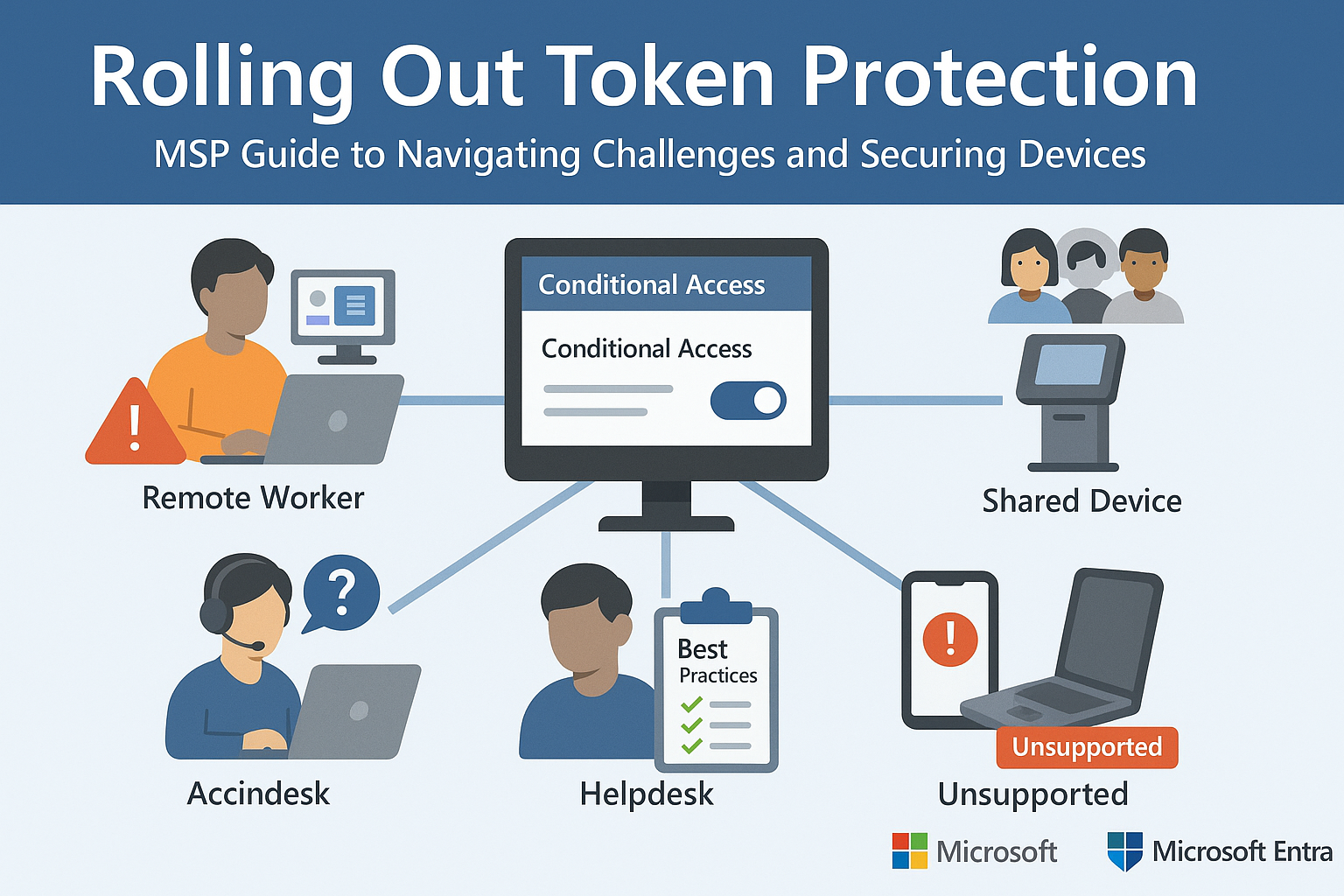The holiday season is officially upon us. Now is a good time to find great deals but proceed with caution: be wary of “too good to be true” deals. CyberHoot blogged about Black Friday Scams recently, going into the methods hackers use to trick users into giving out personal information or ‘buying’ products that never arrive. Now we shift our attention to a product that is popular this season, ‘Smart’ Doorbells.
Smart Doorbells have been making waves the past year or two, allowing homeowners to have an internet-connected doorbell that notifies them when a visitor arrives. The doorbell activates when pressed or when it senses motion. The smart doorbell lets a homeowner use a smartphone app to interact with the visitor using the doorbell’s high-definition infrared camera and microphone. Some smart doorbells also allow the user to remotely unlock their door. These conveniences have lead to the growing popularity of these devices. However, buyer beware; many of these devices have gaping virtual holes in your front door.
Manufacturers try to be the first to market with hot new technologies. Doing so often means cutting corners on testing, vetting, and security protections. Consequently, this new technology often contains IoT device risks. A recent test of 11 highly rated (five-star and editors choice) smart doorbells found every one of them failed a least one security test but often many more.
The popular Victure doorbell (at left), costs $60 and is a number one bestseller on Amazon (4.5 out of 5 on 400+ user reviews). The model tested, the Victure VD300, sends your Wi-Fi network name and password to servers in China unencrypted. Any hacker able to intercept this data could join your home network and gain access to other devices on it.
Another unbranded doorbell on Amazon looking identical to this Victure model had the exact same vulnerabilities. There’s no telling how many ‘cloned’ doorbells with similar or different frames are using the same underlying, unsafe software and hardware.
A video doorbell, at about $70 from a brand called Ctronics had a critical vulnerability that could allow cybercriminals to steal the network password, and use that to hack not only the doorbells and the router but also any other IoT smart devices in the home (think thermostat, camera, or even a laptop). The Victure doorbell tested above also had these same vulnerabilities.
This Ctronics brand also has identical-looking unbranded models to cater to those who may want to spend a little less on their smart doorbell.
This study found this unbranded model on eBay and while it looks similar to a Ring doorbell, it isn’t one. A flaw in this doorbell can easily revert it to a ‘pairing’ stage. This takes it offline and could enable a criminal to seize control of it to steal the doorbell, or just stop it from recording while they burglarize the home. When the seller of this product was contacted about these flaws., they simply removed the listing from eBay. However, these unbranded Ring knock-offs are still available at places like Walmart, for only $38 verses a Ring Smart Doorbell which costs between $99 and $199 dollars! However, as noted in this security article, Ring doorbells haven’t faired much better on the security side. Buyers of these technologies must be aware of these risks, and CyberHoot’s advice is to update them regularly and buy mainstream (aka: Ring) as they are more likely to be fully supported, regularly patched, and more heavily tested.
If you have any doubts at all, keep your money in your pocket. When it comes to home security gadgets, don’t risk making your security worse than it was before just because you want that sleek new gadget.
Sources
Additional Reading
Be Wary of ‘Black Friday’ Scams
Security Flaw in Smart Doorbells May Open Door to Hackers
Discover and share the latest cybersecurity trends, tips and best practices – alongside new threats to watch out for.

Artificial Intelligence (AI) is transforming productivity and efficiency, but it’s also arming cybercriminals...
Read more
Part 2 of Our Microsoft Entra Security Series In Part 1, we explored how Microsoft’s Token Protection...
Read more
For years, organizations have relied on fake email phishing simulations to measure employee resilience to...
Read moreGet sharper eyes on human risks, with the positive approach that beats traditional phish testing.
